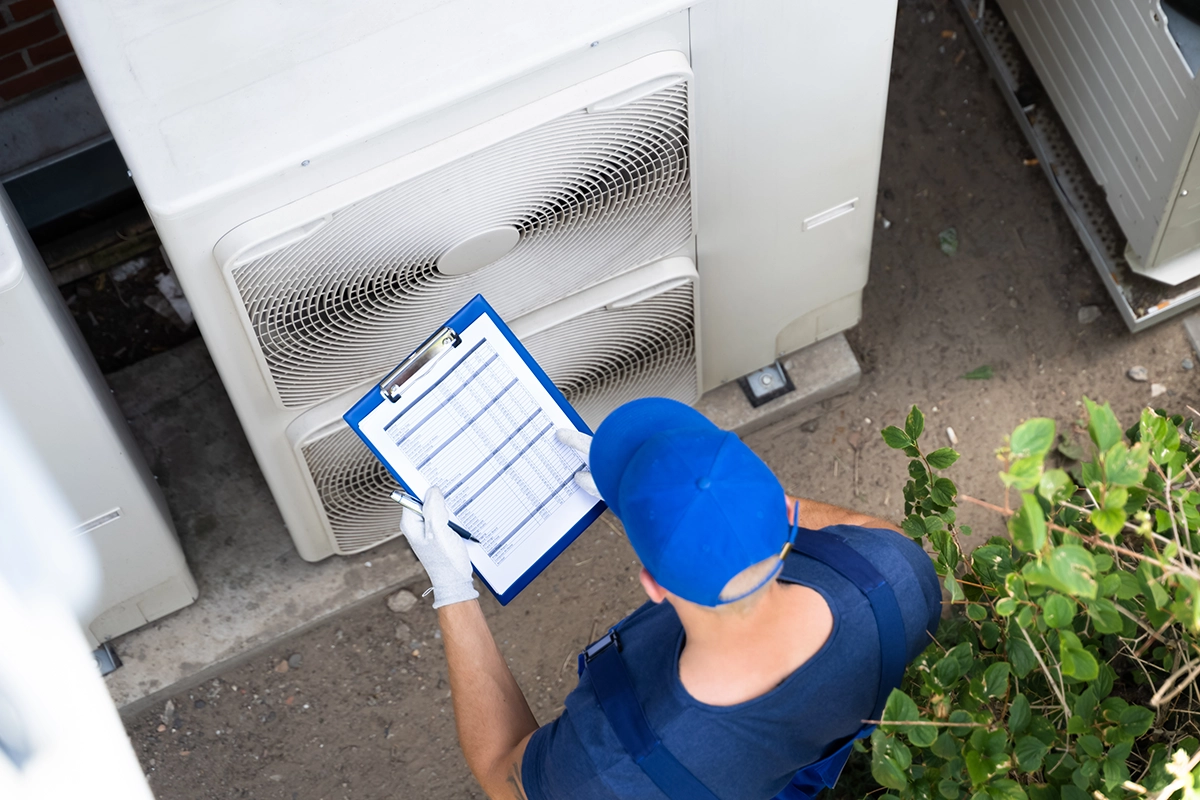I’ve seen it time and again — summer comes around and a shop that normally runs 3-4 service calls per technician per day gets a wave of customer calls.
As an owner or manager, you think your business needs to take advantage of the influx of business, so you start scheduling technicians for 5-6 service calls per day.
What could go wrong?
Everything, that’s what. Your technicians can only run so many calls in a day and give each customer the service expected from your business. If asked to run more calls and give the same service level as usual, technicians will have to work too many hours to keep up with the calls.
No one can work overtime every day — your technicians will get overwhelmed and begin calling out. When your technicians call out, your business will be understaffed. Meanwhile, the customer calls will keep pouring in.
What will you do? You’ll ask your technicians to run more calls in less than the usual amount of time. But if you do this, you’ll find a new wave of problems. Customers won’t be getting the full value of your business’s services because your technicians will feel rushed; customers will sense this and also feel rushed.
Constant rushing makes for — you guessed it — overwhelmed techs and what do overwhelmed technicians do? They call out. Or quit outright.
I know of a company whose technicians ran an average of four calls per day. When summer hit, they asked their technicians to run an average of six calls a day. After one month of this new schedule, six technicians quit, all in the same week. Six!
You know how it goes: one technician feels resentful and starts complaining and the others listen and follow. But the technicians aren’t actually to blame — a business that focuses solely on running as many calls as possible creates a workplace culture where money is more important than people.
And that’s not a sustainable business model.
You don’t make money by running from one call to the next. You make money by slowing down, listening to customers, uncovering their wants and needs and selling products and services to meet their needs.
When your technicians are only focused on getting to the next call, it creates service inconsistencies within your business. It also doesn’t give them time to grab the low-hanging fruit for your business — the calls that could be juicy if only enough time was taken to find out what a customer truly needs and wants.
What do you do?
You plan. Your busy season comes every year. You need to create a weather-enhanced business instead of a weather-driven business.
When you make your yearly budget, decide how many calls your business will run each day. Then, stick to that number. Work hard to hire the people you need in advance to prepare.
What if you didn’t see running extra calls as an option for your techs, unless they volunteered for extra hours? What would your company’s service look like?
It would be consistent, year-round. And your technicians wouldn’t get burned out and quit.
But what do you do with all those extra hot-season calls?
You have to classify your calls by determining the best opportunities for your company. Let’s say your technicians normally get to 30 calls per day and you’ve committed to 30 calls as your company’s maximum per day.
If you get 50 calls per day during your busy season, you need to decide which calls are going to be the best calls for your company and the best use of your techs’ time.
Here’s the key to maintaining a hard maximum of calls, no matter the season: 33 percent of all the calls you take each day must include an opportunity for a larger job.
That’s 1/3 of all calls — roughly 11 of your 30 calls per day. When you’re selecting which service calls will be run each day, ensure that 33 percent of them will be for equipment that’s at least 10 years old.
Does this always create a larger job? No. But at least the opportunity is consistently there, day in and day out.
If you’ve already committed to not going over your maximum of 30 calls per day, whatever the season, the extra 20 calls will need to be rescheduled in the nicest way possible. The 30 calls you do take should be chosen intentionally.
You may be getting more calls than usual — that’s normal for a busy season. It happens every year. But that doesn’t mean you have to run them all. I’ve seen shops run too many calls, burn everyone out and then not have any technicians left to generate revenue during the busiest season of their year.
Every time you lose a tech, the problem compiles. Don’t be like this. Be choosy. You are the one in control; you need to plan to take the right steps to become a weather-enhanced business instead of a weather-driven business.





